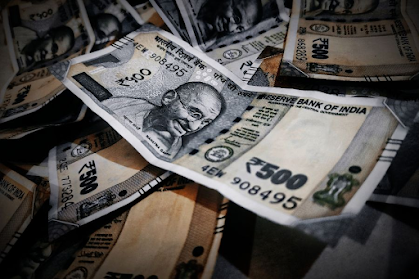Would Rupee Talk? 🧐

This blog will most likely be one of the most interesting topics I've ever written about, and I hope I can convey my excitement. Just to give you an idea, I am mainly going to cover 4 topics in the following way: the history of money, the gold standard, de-dollarization, and the future, respectively. As early as the 16th century, money was really salt. It was used as a wage for the soldiers. When the soldiers procrastinated, the landlords used to say that the soldier was not worth his salt. Salt was called salarium, and that's how the word "salary" was derived. Later, a concept called obols was considered as a medium of exchange. It is said that the size of these coins was so small that people used to carry them in their mouths. So, when a Greek visited a place and thought of buying an axe, he coughed at the place and swelled the tax. Then there was a dark time when there was no money. During those times, traders invented the barters system, which was basically using...


